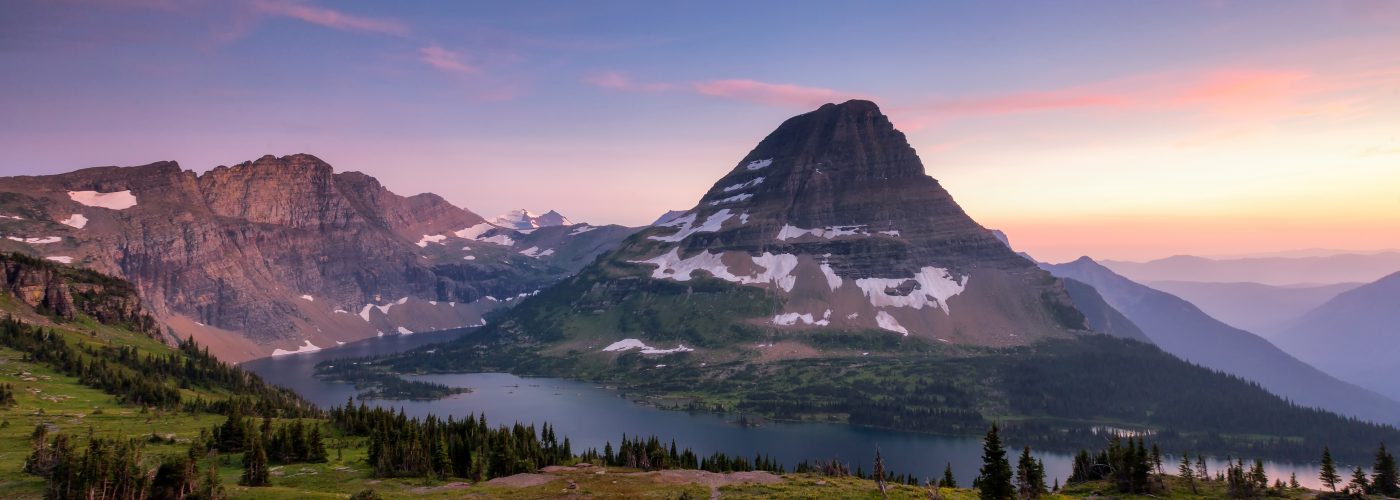Consider flagging a few as barbarous as you work your way through your list of places to see before you die. These 10 iconic coral reefs, glaciers, low-lying islands and other stunning all-natural wonders are disappearing at an alarming speed.
Natural Wonders That Won’t Be Around Forever
Keep reading to learn the stories of these wonders of the Earth, and get ideas about how to research them before they’re gone.
Glacier National Park, Montana
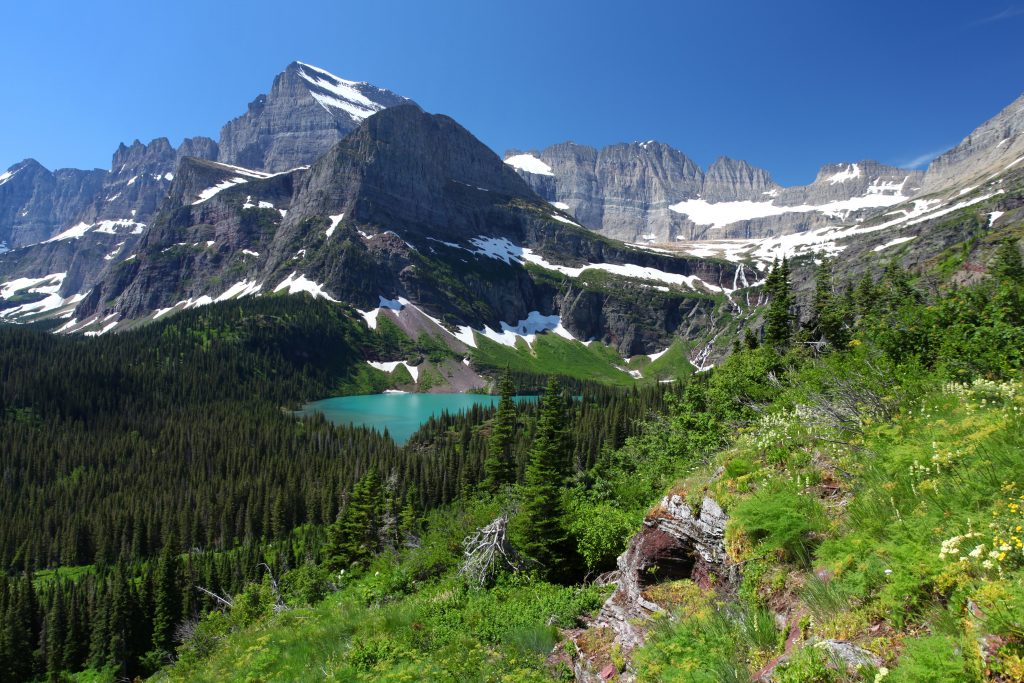
In 1850, over 150 glaciers restricted the peaks in Montana’s Glacier National Park. Now 26 are abandoned. Of those still in existence, some have shrunk as much as 85 percent within the previous 50 years, according to a recent analysis by the U.S. Geological Survey. Global warming continues to take its toll on glacier mass–mean annual temperatures are up 1.33 degrees Celsius since 1900. It is enough of a shift to impact park ecosystems, although it may sound like an uptick that is insignificant. Without glaciers and their continual meltwater running into streams, the flows get overly warm in summer for some aquatic insects to endure. When people die off, it disrupts the food chain for its native bull trout population.
Should you proceed: Hike the trails on Many Glacier to get a fantastic view of the waterfalls and alpine lakes that characterize this closer-to-home wonder of the world. The Ideal Place to see a glacier from the road is at Jackson Glacier Overlook around the Going-to-the-Sun Road. Watch for Bighorn sheep and mountain goats .
Amazon Rainforest, South America
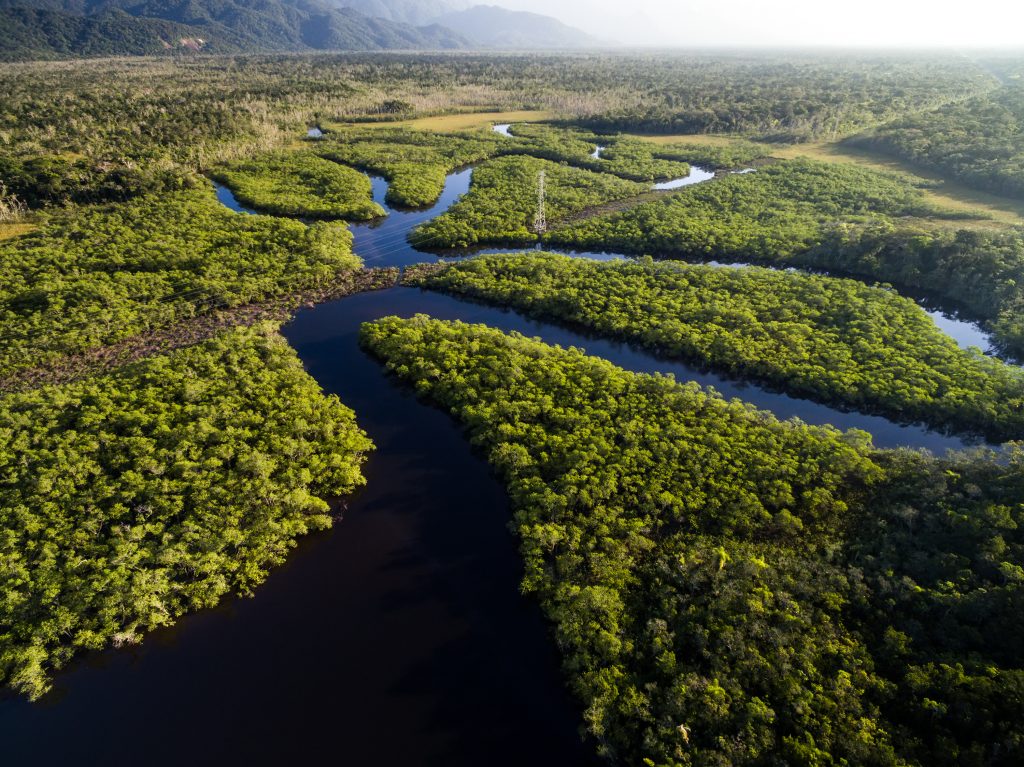
Crossing nine states in South America, the Amazon Basin retains about half of the world’s tropical rainforests. If you put the Amazon rainforest it would cover 70% of the country. Unfortunately, about 17% of the rainforest was lost in the last 50 decades, largely to cattle ranching, according to the World Wildlife Fund. So big is the rainforest that this planet’s health depends on the health of the Amazon, which stabilizes climate that is global. Deforestation releases substantial amounts of this Amazon’s 90-140 billion metric tons of carbon dioxide, possibly causing devastating consequences to the earth’s water cycle. When trees are cut down, not only is carbon dioxide released, but not as is consumed moving forward. The Nature Conservancy contrasts it to opening a forgotten container of leftovers in the refrigerator … except on a worldwide scale.
Should you go: you’re able to go deeply into the volcano on the Amazon Conservation Association’s Manu Cloud Forest Canopy Walkway slung between trees at dizzying heights of up to 144 feet.
Monarch Butterfly Biosphere Reserve, Mexico
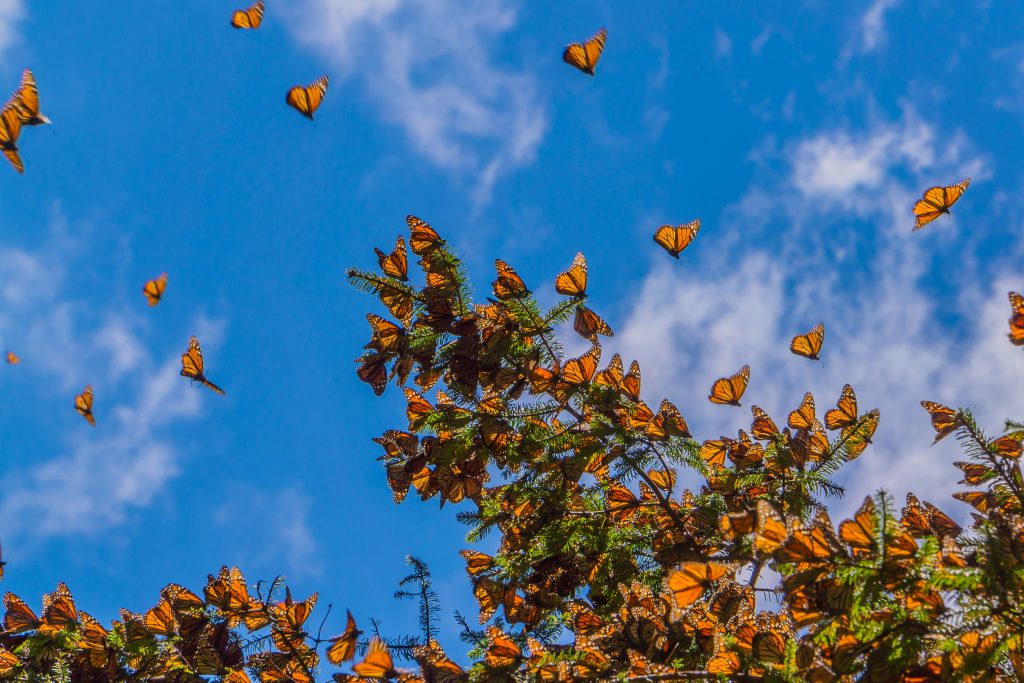
About a 2.5-hour driveway west of Mexico City, you will find a fantastic wonder of the world: The planet’s only place to find millions of migrating monarch butterflies in one spot. After a 3,000-mile journey to Canada and the U.S., they return each year to overwinter in the fir forests of the Monarch Butterfly Biosphere Reserve. However, deforestation in Mexico, climate change, and habitat loss along their migratory route are endangering the migrating subspecies. Based on your 2015 report by UNESCO, the area of forest the butterflies pay within their winter home is the 2nd lowest it’s been since tracking began in 1993. The habitat surrounding their reserve is in danger–it is being illegally deforested and replaced with groves of avocados, a high-yield cash crop.
Should you go: Hire a local guide to take you by bicycle or horseback along a forest trail to a distant portion of the decoration book. January and February are the best times to see the monarchs clustering in such massive quantities that they weigh down the boughs of fir trees in quivering piles.
Mesoamerican Barrier Reef; Mexico, Belize, and Honduras
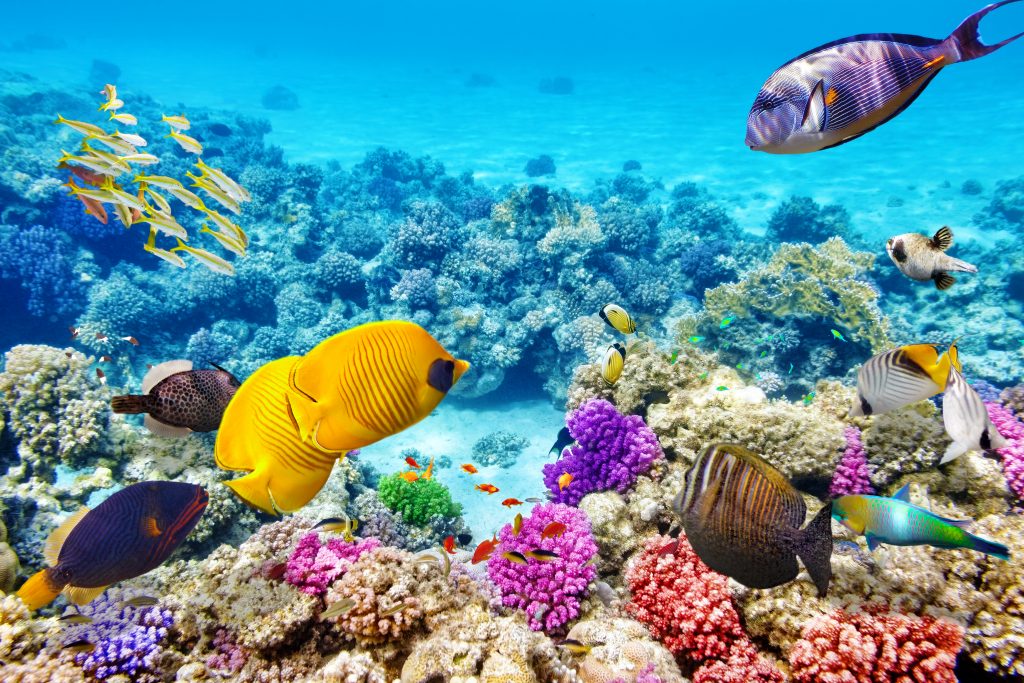
You might not have heard of the Mesoamerican Barrier Reef, but if you’ve snorkelled in Cancun, Playa del Carmen, or elsewhere along the Caribbean coast of Central America, then you have likely already visited this natural miracle. The Mesoamerican stretches 600 kilometers from Mexico’s Yucatan Peninsula through Belize and Honduras. It’s the world’s second largest barrier reef, and the color is slowly draining out of it. The Belize section is a protected UNESCO World Heritage site and one of the 54 sites on UNESCO’s “in danger” list. Rising ocean temperatures have caused mass bleaching of the coral. When temperatures rise even slightly, the corals expel the algae that lives in coral tissues, which causes them to grow completely white and become susceptible to illness and death. Overfishing, pollution, possible offshore oil pollution, and changes in the water’s pH are other threats cited by the Nature Conservancy.
Should you proceed: Natural Habitat Adventures and World Wildlife Fund run a Belize tour with snorkelling in safe regions of the coral reef. See manta rays, sea turtles and the occasional manatee on a nighttime snorkelling tour.
White Cliffs of Dover, Great Britain
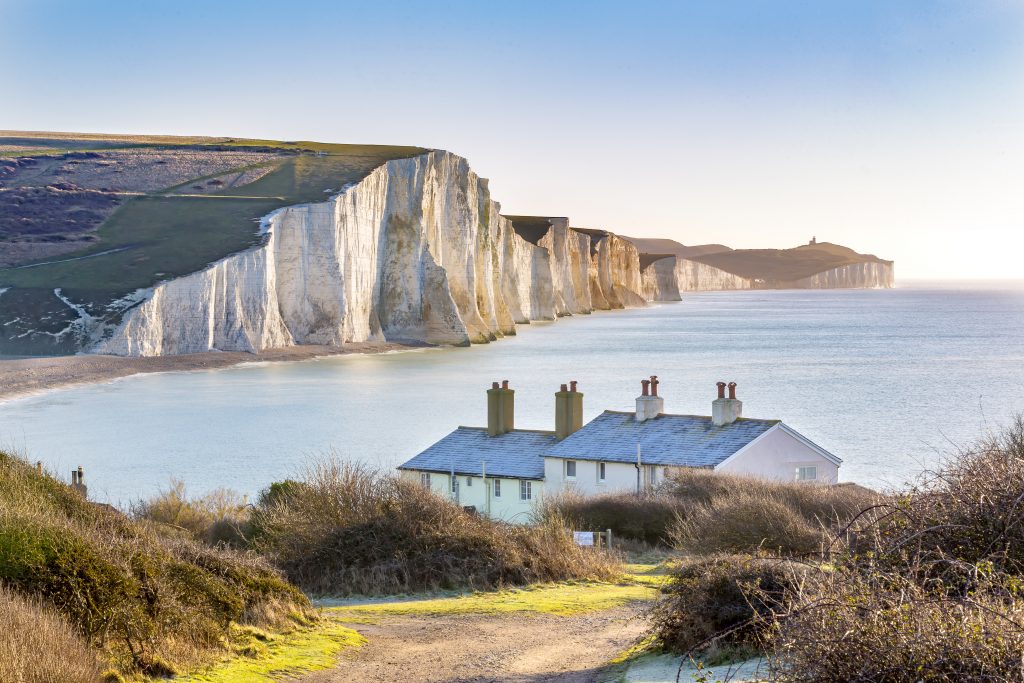
The white cliffs of Dover are falling away in an alarming speed. The infrequent palaces, exposed to the weather and ravaged by storm waves, are retreating at a rate 10 times faster in the last 150 years than they did in the 7,000 years prior. Every year eight to 12 inches calve from the soft-cliff coastline of the natural wonder and tumble down to the shore below, based on some 2016 report. What’s to blame for the accelerated erosion? The research team indicates thinning cliff-front beaches play a role. The dynamic is exacerbated by rising sea levels and increased storm intensity due to global warming.
If you move: Hike the trails that wander surprisingly near the cliff edge. In the top you will see the neighboring ferries crossing between England and France. You could also view this natural wonder from below on a boat tour.
Great Barrier Reef, Australia
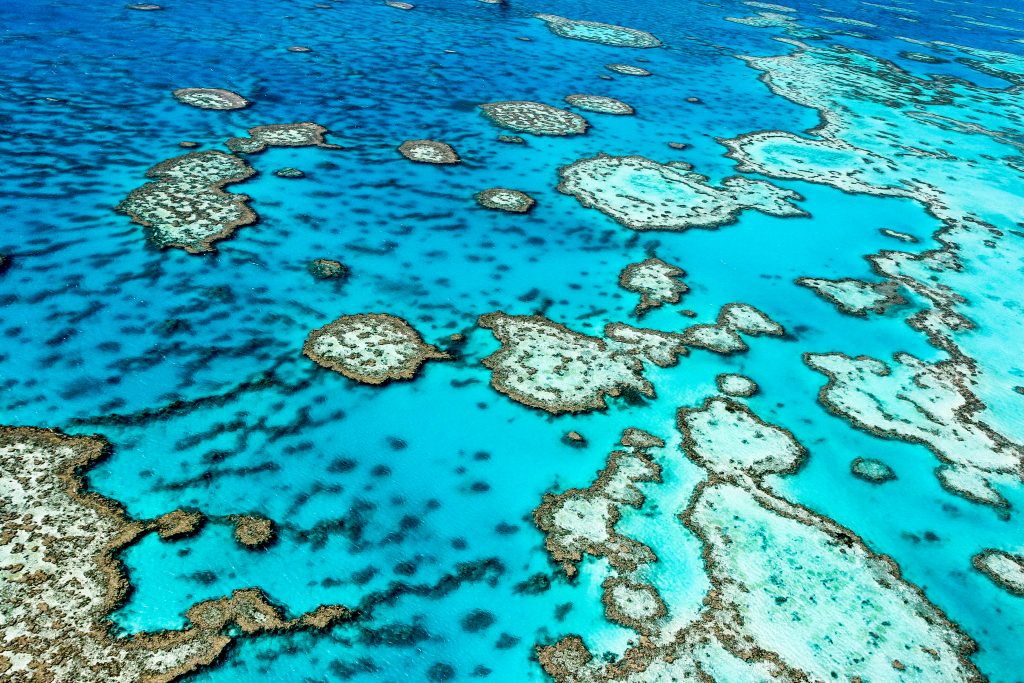
The only living thing visible from space, the Great Barrier Reef is a true natural wonder–the world’s biggest coral reef ecosystem, extending 1,240 miles along Australia’s northeast coast. Over 400 types of coral and 1,500 species of fish reside. However, by the end of the century, this World Heritage site could be gone. In the previous three years, soaring ocean temperatures have caused a few of the worst whitening observed at the Great Barrier Reef, according to the UNESCO’s 2017 Impacts of Climate Change on World Heritage Coral Reefs scientific assessment. Greenpeace estimates that almost a quarter of the reef’s coral expired in 2016 alone. UNESCO’s report cautioned that when business-as-usual emissions continue, this along with other reefs on Earth will cease to exist as functioning ecosystems at another 100 years.
If you proceed: Have a snorkelling excursion to find that the yearly coral spawning, or the large green gem, which is threatened with extinction. Humpback whales migrate through these waters from June through October.
The Dead Sea, Israel
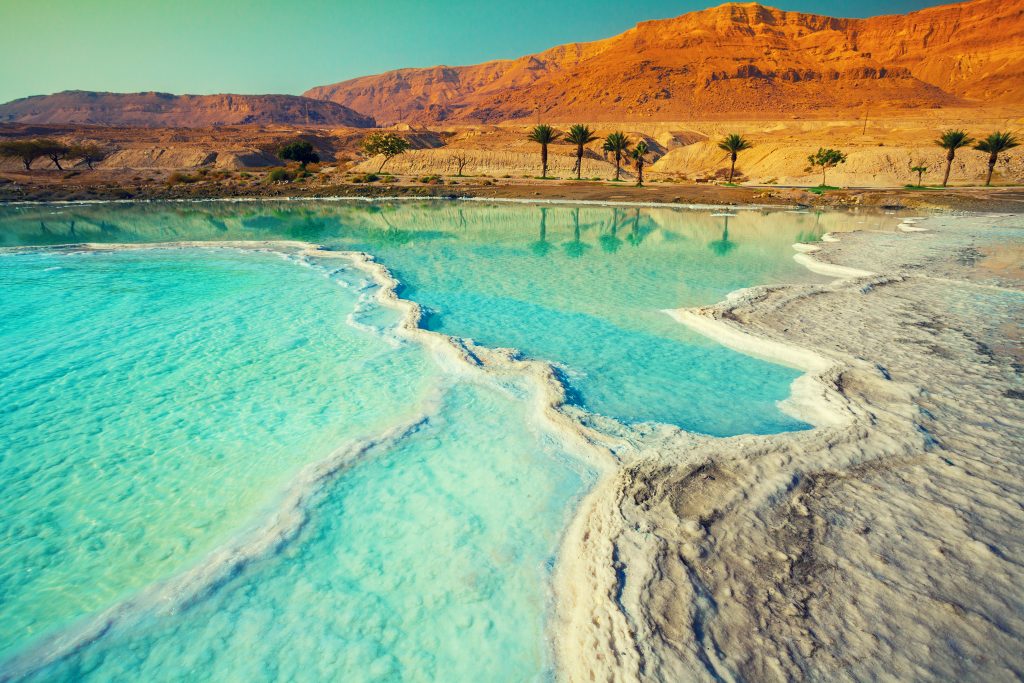
Since early times, the Dead Sea was a place of healing and comfort, where folks come to float into therapeutic, super-buoyant waters that are more than eight times saltier than the sea. Some experts believe this natural wonder could disappear completely within the next hundred decades. Water levels are falling at a rate of about three feet each year, and have fallen over 82 feet because the 1970s based on the World Wildlife Fund. The waters that used to lap near the doorstep of resorts are presently a mile from the space–with tens of thousands of massive sinkholes between. A big part of the problem is that the inflow from the lake’s most important tributary, the Jordan River, has been reduced to only five percent of the initial volume. Bordering countries Israel and Jordan siphon the water for drinking, agriculture, and mineral mining.
Should you go: Cover yourself in the mineral-rich sand and then allow the water (30 percent salt) buoy you. There’s no way to sink even in the event that you try.
Islands of the Maldives
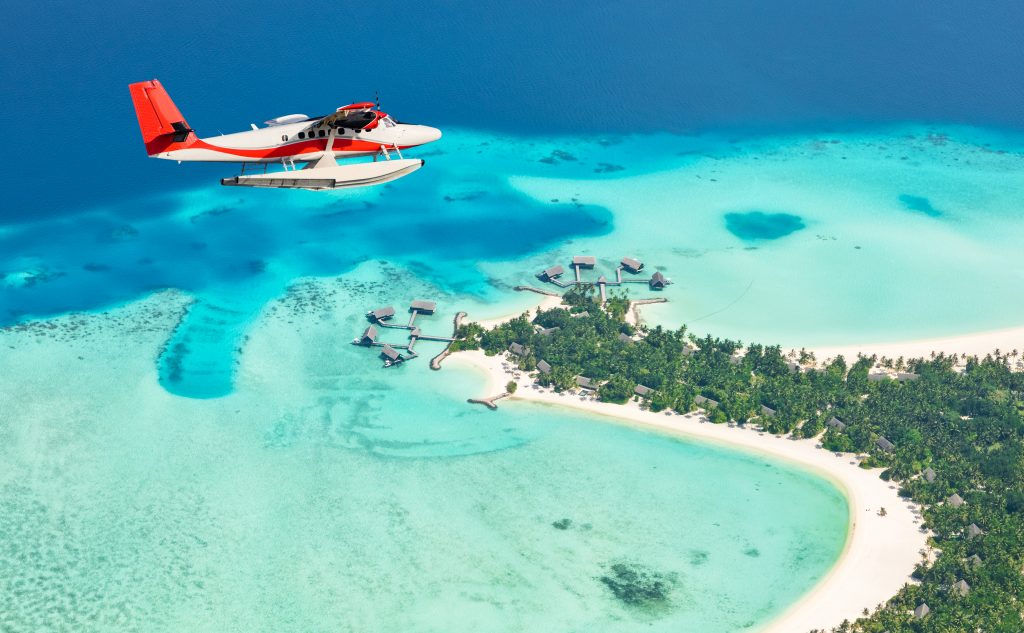
Off the southern coast of India, this tropical nation of 26 atolls and more than 1,000 coral islands is known for its white powder beaches, coral reefs, and also unrivalled luxury. For today. The low-lying islands of the Maldives are gradually being swallowed up by rising sea levels. As carbon emissions grow and ice cubes melt, increasing sea levels have started to submerge this beautiful all-natural wonder, whose highest point is just eight feet over the water. Maldivians live with the constant danger of being made to evacuate their homeland, writes Trevor Greene in his book There isn’t any Planet B: Promise And Peril On Our Warming World. He says the nation could be reduced to a network of “intriguing new reefs” by 2112. The die-off of coral reefs that supply food and income for islanders may occur earlier.
If you proceed: Have a charter on a dhoni (pole-and-line fishing boat) and find out the way pole-and-line fishing sustains healthy fish stocks that are wiped from net fishing.
Sundarbans Mangrove Forest, India and Bangladesh
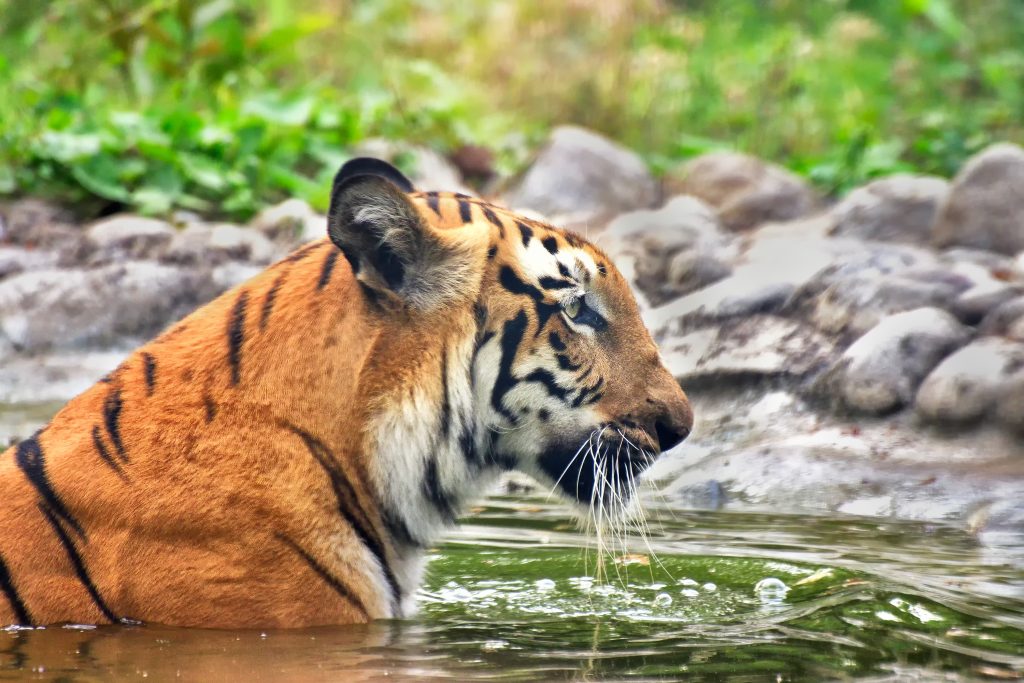
Where India’s Ganges River spills into the Bay of Bengal establishes a tidal delta swamp with endless labyrinths of river channels and the world’s largest mangrove forest. This UNESCO World Heritage site is a rich ecosystem with exceptional biodiversity. Numerous endangered species, such as the Royal Bengal Tiger and Ganges River Dolphin, strain at the Sundarbans. Climate change is threatening this natural miracle. According to some 2016 study by World Bank Group, the most important challenge is saltwater intrusion in rising sea levels. Tidal surges are so dramatic (up to 24 ft high) that up to a third of the Sundarbans get submerged each and every day, producing an ecosystem in which the mangroves are not getting sufficient fresh water. Other dangers include progressively intense cyclones, illegal hunting, harvesting of mangrove timber, and agricultural encroachment.
Should you proceed: Track tigers on a boat excursion through the narrow river channels of this natural wonder. In the event that you don’t spot one, you will likely see monkeys, wild boar, and reptiles. Multi-day tours depart from Khulna.
Arctic National Wildlife Refuge, Alaska
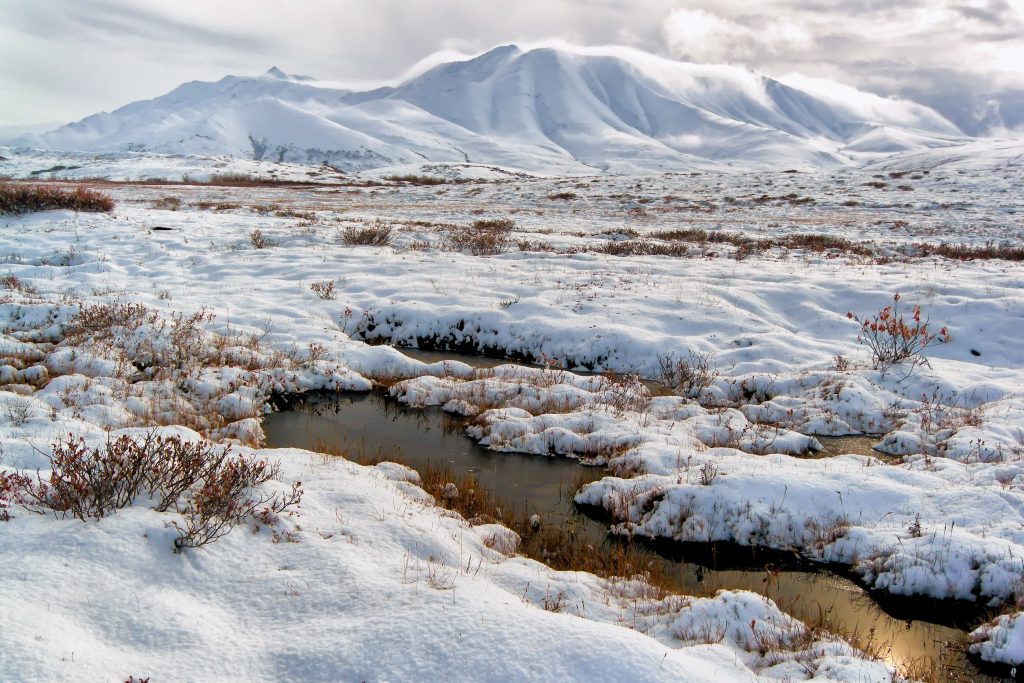
Polar bears and walrus is determined by the Arctic’s sea ice for hunting grounds. The remaining part of the ground depends upon the ice and permafrost to function as an international “air conditioner” to regulate climate. But the Arctic is warming twice as fast as the rest of Earth, based on Dan Ritzman from the Sierra Club’s ” Our Wild America campaign. He states the effects can readily be viewed in northeast Alaska’s Arctic National Wildlife Refuge, the most biodiverse area at the Arctic Circle and the calving grounds for the Porcupine Caribou herd. There’s water that is less and sea ice is disappearing. At the exact same period, oil drilling is compelling, with the newest expansion only about 12 miles from the edge of the sanctuary.
If you go: The Sierra Club recommends seeing the refuge’s Aichilik River delta in mid-June to see that the caribou and sea ice. An alternative: World Wildlife Fund and Natural Habitat Adventures Provide polar bear expeditions in Churchill, Manitoba.
